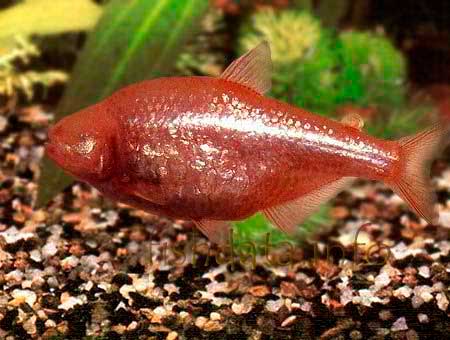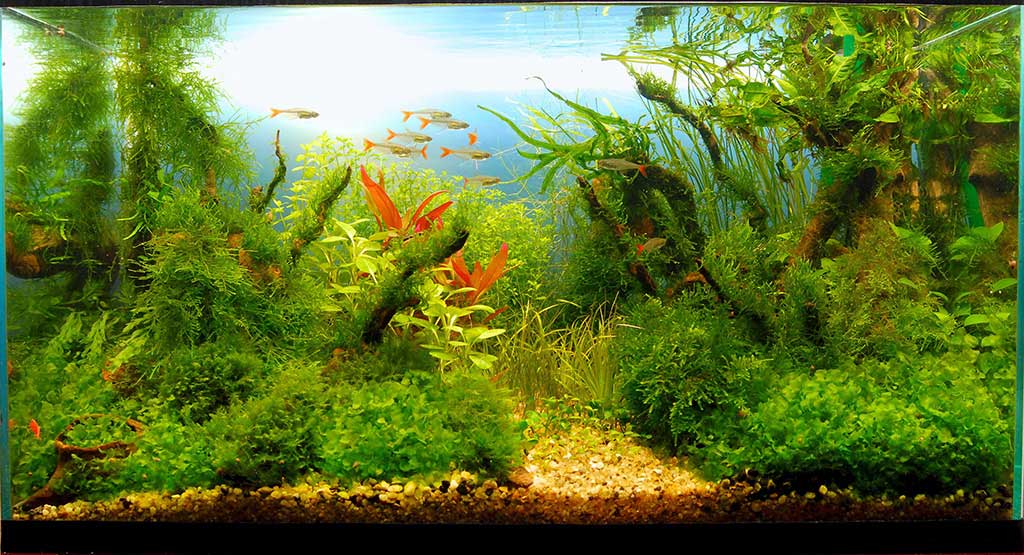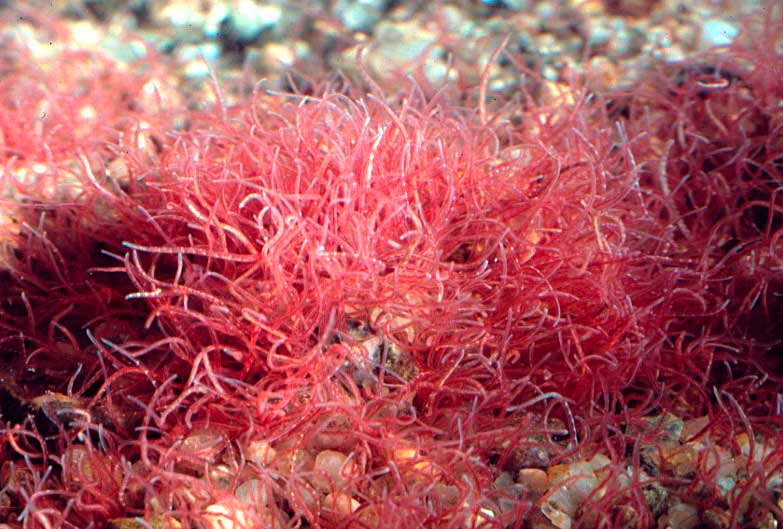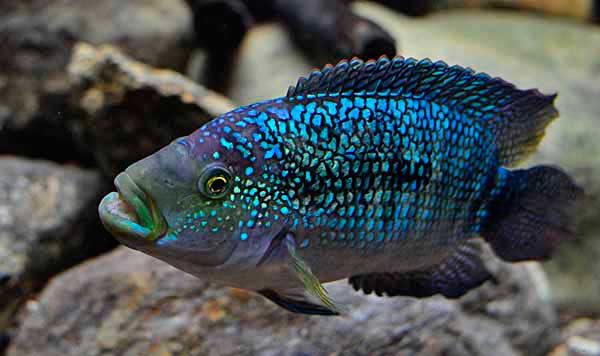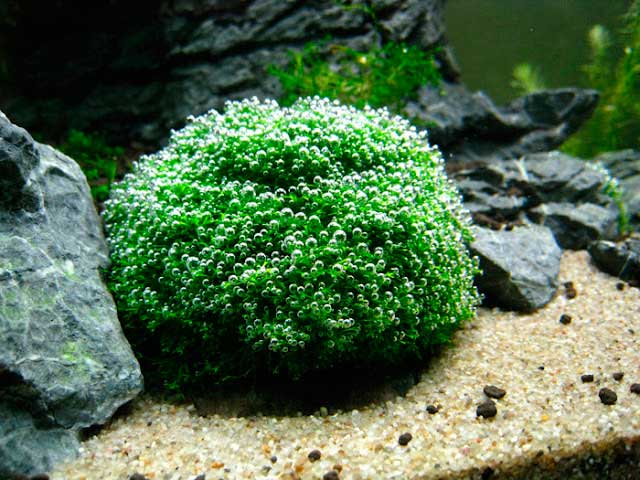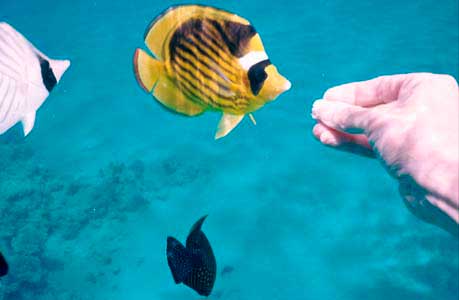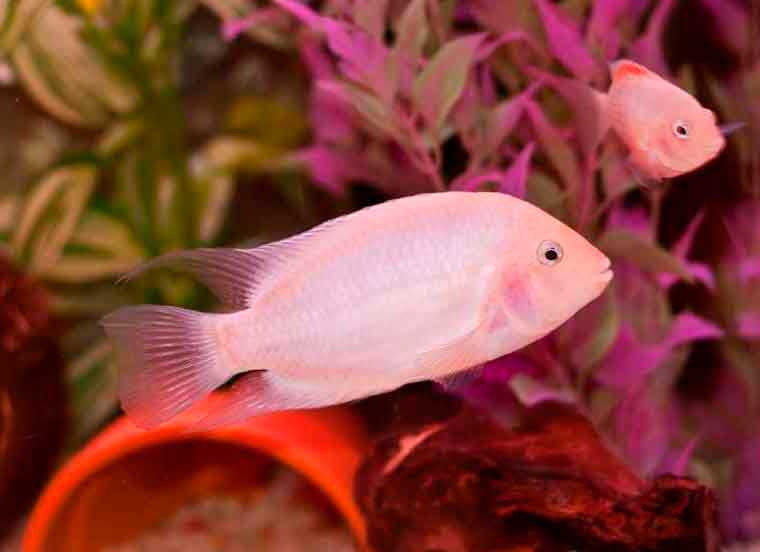The blind cave fish is another testament to the greatness of nature, which has endowed its creations with an unlimited capacity for adaptation.
Synonyms: Tetra blind, Anoptichthys jordani, Astyanax mexicanus, Astyanax mexicana
This fish has been found in cave lakes in Mexico. These underground lakes have no outlet to the surface. So the creatures that somehow got into them thousands, maybe millions of years ago were deprived of daylight. As you can see, there is other life in these lakes – worms, insects and their larvae. Therefore, the fish did not die, but survived, having adapted to feed on the food that was in this lake.
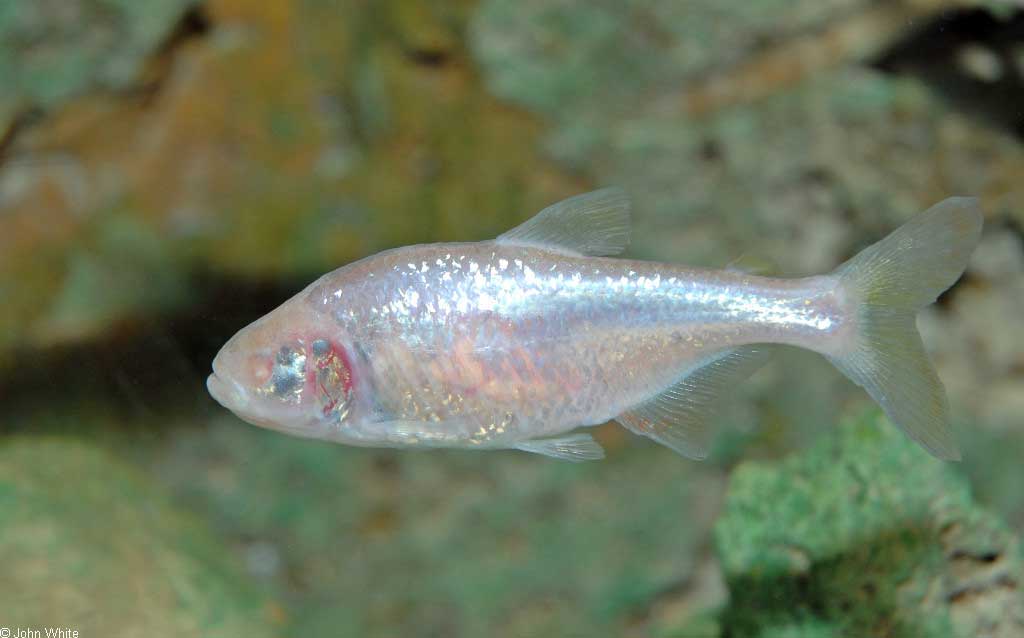
And to catch prey in pitch darkness it was necessary to somehow aim at this prey and make an accurate throw. Even if some slow worm did not try to escape, it was still necessary to find it somehow and swim up to it to eat it. How do you do that in total darkness? It turns out you can.
Even a human being, if he closes his eyes and concentrates, can detect some low-frequency vibrations with his skin. Underwater inhabitants, adapted to live in an environment where vibrations are transmitted much better than in the air, are equipped with a sensitive organ that reacts sensitively to environmental vibrations. In fish, this organ is located on the sides and extends approximately midway from the head to the tail. There are also other ways of orientation in the water, for example, dolphins use ultrasonic localization for orientation in turbid water.
Side line instead of eyes
But today we are talking about the cave blind fish, not about dolphins. So the heroine of our today’s story has this organ, located along the lateral line for millions of years so improved that it almost completely replaced the organ of vision.
The eyes are designed to perceive the visible part of the electromagnetic spectrum. This part of the spectrum is what we used to call light. Deprived of light and all work, the eyes of this species have gradually atrophied. They are simply gone. However, on the behavior of fish it is practically not reflected. Lateral line is developed in her so well that it completely replaces the organ of vision. And its behavior does not differ from the behavior of other fish that have eyes.
This is not the only case when nature over time atrophies the organ of vision for lack of need. For example, moles also have atrophied eyes. However, this does not prevent them from living and enjoying life.
It is true that such metamorphosis cannot happen in one generation. Even several generations cannot replace one organ with another. As it has already been said, this requires hundreds of thousands, or even millions of years and hundreds or thousands of successive generations.
These are the kind of amazing fish that live in the lakes of Mexico’s underground caves.
If you are lucky enough to see this fish in the zoo or at the market, observe it. You will see that it navigates in space no worse than its sighted relatives.
Blind cave fish Aquarium conditions
If you want to buy this fish and keep it at home, the conditions for it are.
Water temperature 16 -20 degrees Celsius. The hardness is 20 degrees Celsius. The reaction of the medium is neutral.
Fish reaches a length of 8 centimeters. Keep it better small flock of 7-10 individuals. Therefore, the aquarium should be liters 150-200.
The soil is sand, rocks. There are problems with vegetation. The fish itself is indifferent to it. After all, in complete darkness under the ground no chlorophyll-containing plants can not exist. Therefore, if you want to recreate a natural habitat for blind fish, you will have to do without plants. But I think that you can still decorate the aquarium with plants to your liking. Only dense thickets should not be arranged.
Blind cave fish Breeding
If you are lucky enough to acquire such a rare fish, it would be sinful not to try to reproduce it.
A spacious aquarium is needed for spawning. Water should be fresh, clean, tempered. The reaction of the medium is neutral or slightly alkaline. The hardness of 6-7 degrees. You can try to raise the temperature by a couple of degrees. In the spawning tank should be organized additional aeration.
Spawning may be paired or nesting.
Spawning is not tied to the time of day. It proceeds very rapidly. The female hatch about 500 eggs at a time.
Aquarists who breed this fish, note in eggs and larvae a negative reaction to light. Probably, this is due to the fact that at the initial stages of development, the organism at an accelerated pace passes the entire path of its ancestors. Therefore, larvae are likely to form the rudiments of the organs of vision. Perhaps they are represented by only a few light-sensitive cells. But they irritate the CNS and make it difficult to carry out the genetic program to disable the development of eyes and enhanced development of the organ of touch – lateral line. Therefore, the aquarium if you can not put in complete darkness, then it should at least properly shaded.
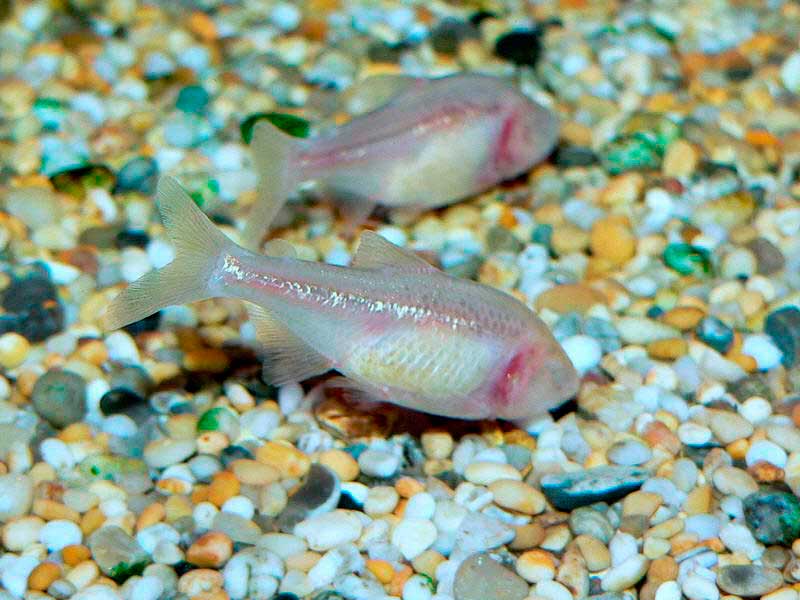
By the way, I dare to suggest that the heroine of our story badly tolerates ultraviolet light. Although water and glass retains most of it, on the window sill aquarium with this fish definitely can not be put.
Feeding the fry
After 48 hours, larvae emerge from the eggs, and after another three days, formed fry should begin to feed. For the first day they can be given infusoria slipper.
For the next few days, they can be fed Cyclops or Artemia nauplii. As the fry grow, they should be transferred to larger feeds. Fry should be sorted by size to avoid cannibalism.
I hope you enjoyed my story today about the blind cavefish from Mexico.
